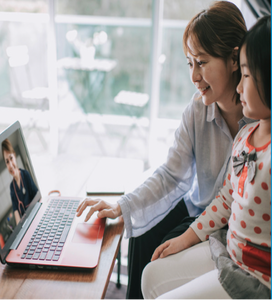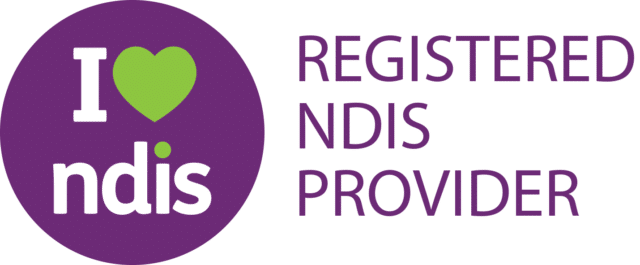- Clients are often more comfortable in their home environment. This means our clients are more likely to be in the correct frame of mind to learn and build their communication skills. It also means it is often quicker and easier for the therapist and the client to form a bond.
- No travel time for families. The therapist comes to your home which means there is no need to fight traffic or pack any extra children in the car.
- Research suggests that therapy in the home/day care or work environment results in a better generalisation of communication goals. The therapist is able to teach the client how to use new communication skills in the home/day care and work environment as opposed to in a clinic environment.
- Parents/carers are able to see how to work with clients in the home. The therapist will be able to show you how to work therapy techniques and goals into your every day life in your home/day care or work environment. This can help parents and carers save time completing extra ‘homework’ activities.
- Therapists are able to work closely with teachers and staff members in the school and supported workplace setting to collaborate with goal setting and adjust the classroom/workplace for optimum language development





